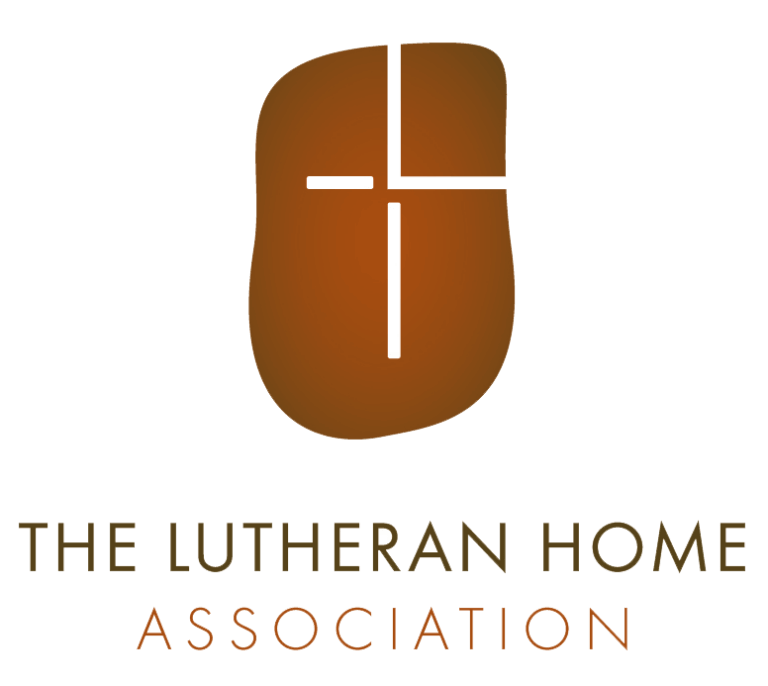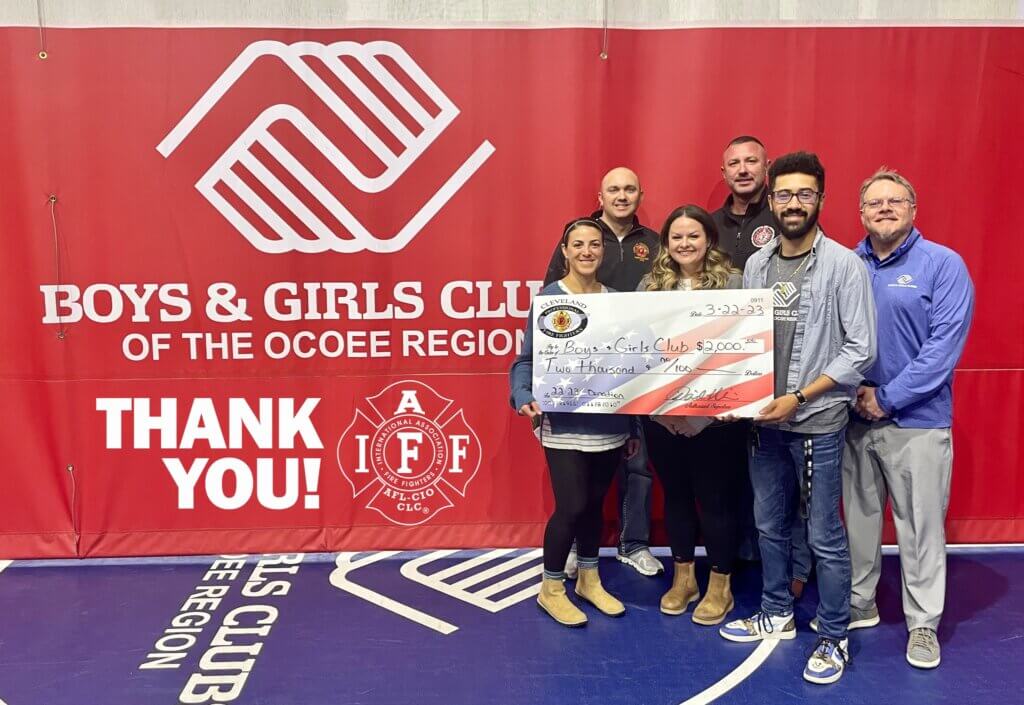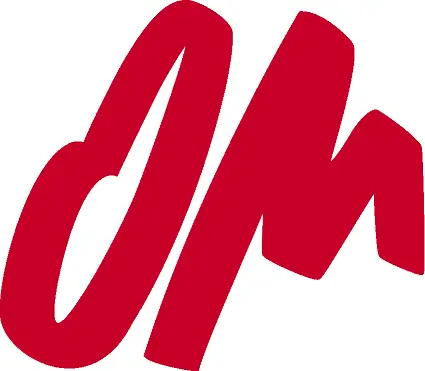The Challenge
Modern Fundraising Requires Modern Technology
When The Lutheran Home Association (TLHA) changed their approach to fundraising, they needed a modern nonprofit CRM that was designed for nonprofits to build better relationships. Their existing software was outdated and couldn’t give them the flexibility or insight they needed.
Mark Hayes, President of Ministry, explains: “We used to do a lot more events, and golf outings, and galas, and things like that. We were constantly looking at the ROI on those events, and sometimes you’re lucky to break even,” he says. “We now prefer a much more direct donor relational approach with our fund development officers, and that’s been a lot more successful. “
TLHA’s previous CRM was not built for this kind of fundraising. It depended on logging into a remote server, hosted by the provider. “Not only did you have to log into a remote server, but they had to generate the reports,” Mark explains. “For any report that we wanted, we had to call them and have them develop it for us. Then, if it wasn’t getting the information we needed, we had to interact with them again to try to get it sorted out. So it was just an unnecessary step.”
Lack of Data Visibility
Data visibility was an issue within the old system as well. “There weren’t any tools for looking at a quick snapshot of specific things that we wanted to see,” says Mark. “We could go in and get specific donor reports. We could go in and take queries that were devloped and get a list of everybody who had given in the last year and things like that, but it wasn’t easy to do. We wanted something simpler.”
The old system didn’t show signs of improving. “It wasn’t working. It was an outdated system that the provider had no plans of doing anything with. So when I would ask about features and what the future is, and what potential upgrades were…they were very happy where they were,” Mark explains. The provider was not responsive to their needs, or suited to the fundraising future TLHA envisioned. In order to fully pursue the fundraising approach they knew they needed to take, TLHA decided to make a change.
Mark and his team chose Virtuous to support their relational fundraising strategy.
“Virtuous really fit with the changes we’ve made. We did a complete overhaul of how we run our fundraising. Switching to Virtuous was an important piece of that puzzle.”
– Mark Hayes, President of Ministry
How We Helped
Better Long-Term Donor Relationships
Before changing their strategy and the technology to support it, Mark says TLHA was over-invested in short-term solutions. “We knew that it was important to build those relationships, but we were always hoping for a quick fix. Now, we value and understand long-term relationships, how to build those relationships, and the long-term value that comes from that, for everybody,” he says. Relational fundraising has become a major priority at TLHA. “Before, that was part of our strategy, but now, it’s really essential to what we do.”
Responsive, relational fundraising works better with a responsive nonprofit CRM. Virtuous is built to support organizations like TLHA, who are investing in better donor relationships.

User-Friendly
Now, instead of sending off for reports and signing into remote servers, the team at TLHA has easy access to all of their data without extra steps or hassle. “It’s web-based and there for us, wherever we are, whether we’re in the office or out. It’s kind of ubiquitous,” says Mark. “It’s accessible from anywhere.”
Rather than digging for data, Mark can see what he needs immediately. “The dashboard is a valuable tool that gives me a quick, easy view of the information I want to see on the front page,” he says. “I log in in the morning and I can see what we are doing with a certain project, how we’re doing with our goals of the day, and what we are doing this year compared to last year. Those kinds of things are super helpful to see.”
Mark finds Virtuous is easier to enter data into overall, for gift officers making notes on visits and the database manager who enters and acknowledges gifts alike. “The day-to-day operation is so much smoother and so much easier to do that it increased our productivity in the office by at least 50%,” says Mark. The database manager role now spends half the time on administrative tasks than before switching to Virtuous.
Continuous Innovation and Improvement
“Virtuous has an excellent relational customer service model,” Mark says. “I think it comes down to the culture of the company. They employ staff who have experience in the field. They know what data we need and how we need to see it. If a solution is up on the horizon, they’ll let me know. When someone on the Virtuous team says, ‘We’re working on it,’ I believe that they’re really working on it.”
The relationship between TLHA and Virtuous goes beyond a vendor-customer relationship. “When you have a third-party relationship, it usually feels third-party. I feel like Virtuous is part of our team, and wants us to be successful. I feel like there’s a real client relationship there, and that’s really important to me.”
A Growth Partner
Since switching to a relational fundraising approach and implementing Virtuous, Mark has seen a difference in TLHA’s fundraising. “There’s a lot more consistency than there used to be. We can plan better. We can give a very good educated guess about how much we can increase donations each year,” he says.
“Virtuous is part of a symphony. It’s the usability of the software, combined with the consultants at Dunham & Company who help us set our strategies and work intimately with our major gifts team. They use the data that Virtuous offers and help us use Virtuous’ tools,” says Mark. “The leadership, and the advisors, and the Virtuous software all work together to give us a more consistent operation. We have a better grasp on what we are trying to accomplish and how we are going to get there.”
“The day-to-day operation is so much smoother and so much easier to do that it increased our productivity in the office by at least 50%.”
– Mark Hayes, President of Ministry





